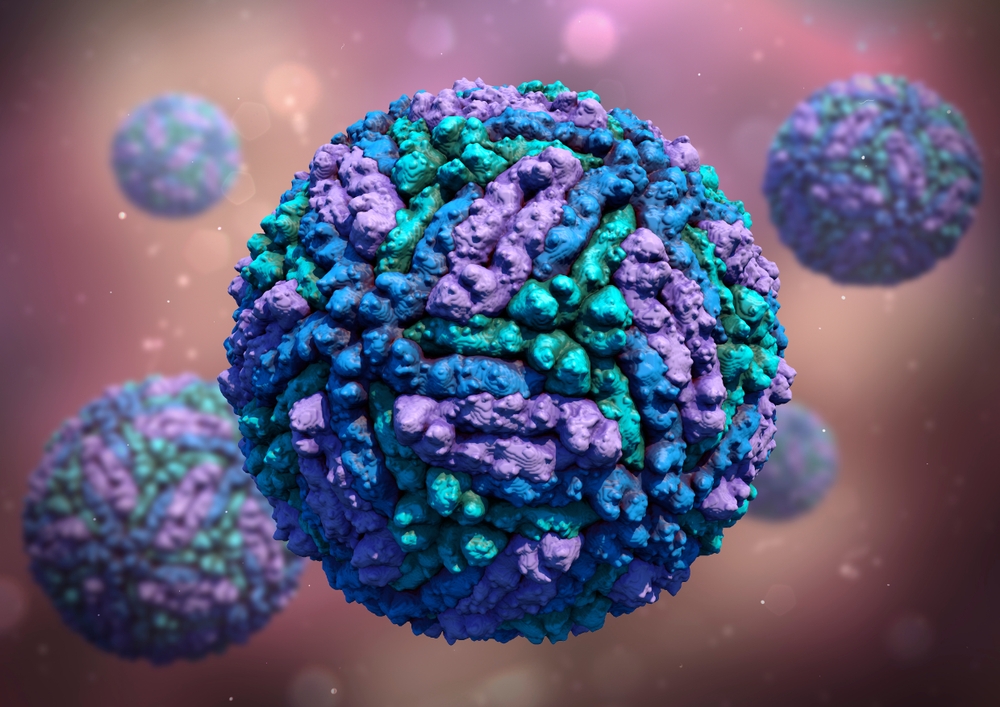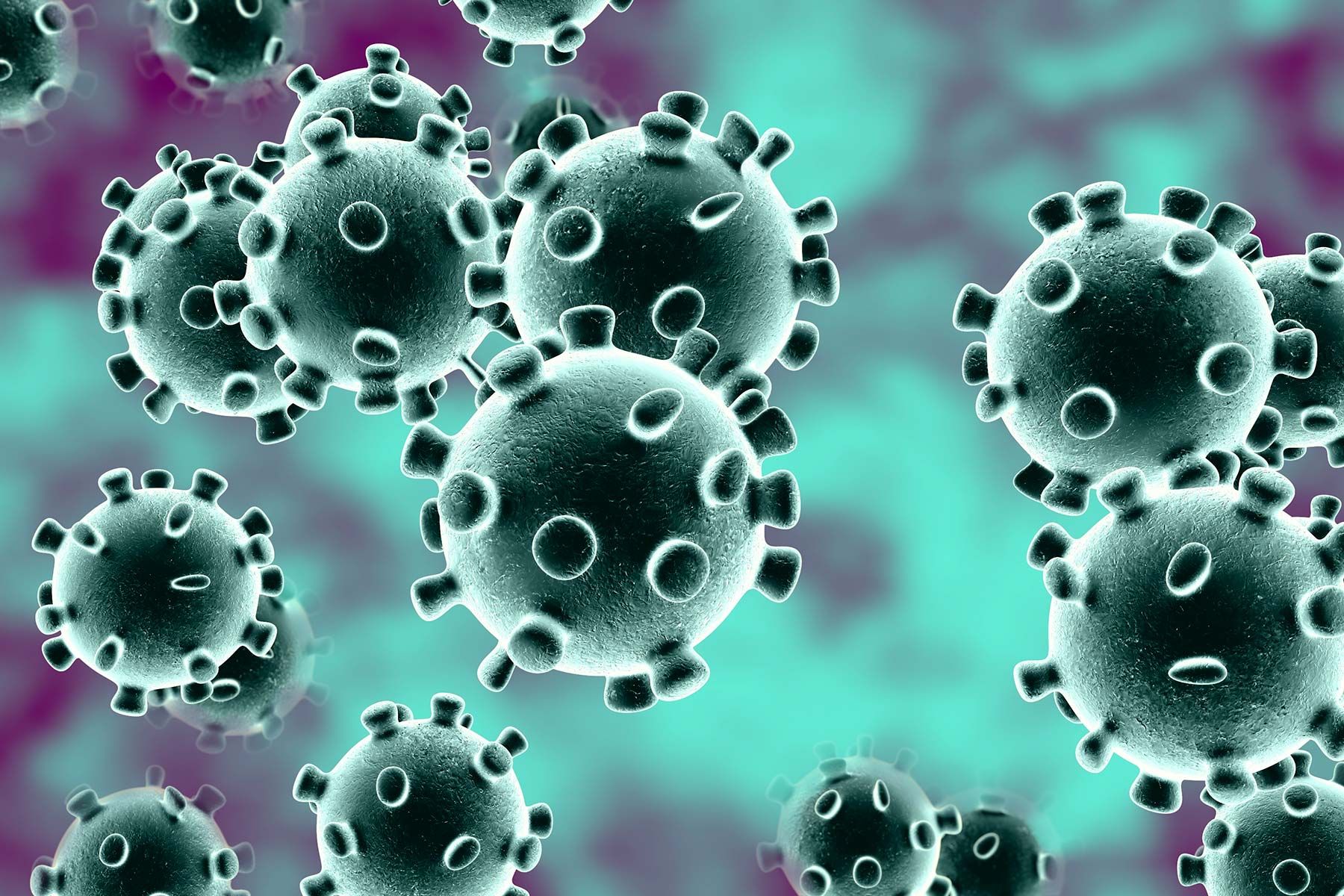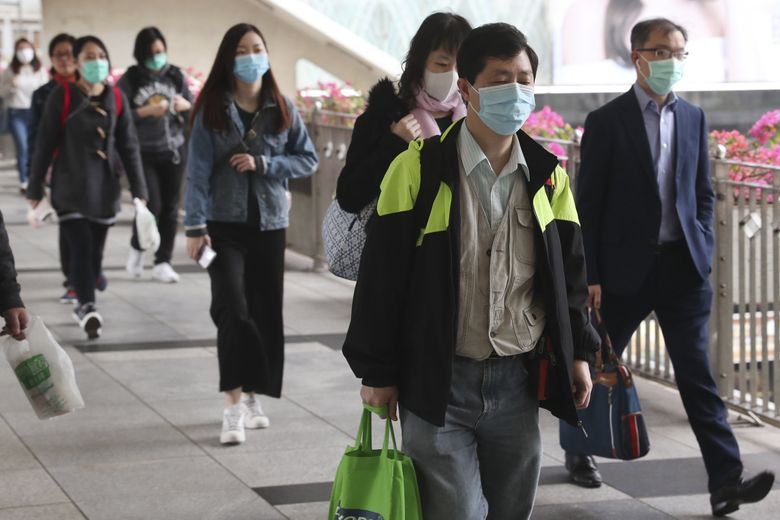We’ve all had a day (or a few) where we’ve woken up and felt the familiar muscle aches, nausea and heavy eyed headache that prompts you to call in sick to work and crawl back into bed, however not every sniffle is just the common cold…
This is a list of the 5 most deadly viruses documented in history.
- The Marburg Virus – MVD
Named after a small town on the river Lahn, this disease is one of the more gruesome viruses. This is a hemorrhagic fever virus, which causes convulsions, extreme lethargy, sickness and diarrhoea and in more severe cases, bleeding of mucous membranes.
It is said that this virus originates from prolonged exposure to mines or caves that are inhabited by the Rousettus bat colonies. People that have been diagnosed with this virus are said to have, deep set eyes and expressionless faces along with extreme lethargy.
At this moment, there is no cure for MVD.
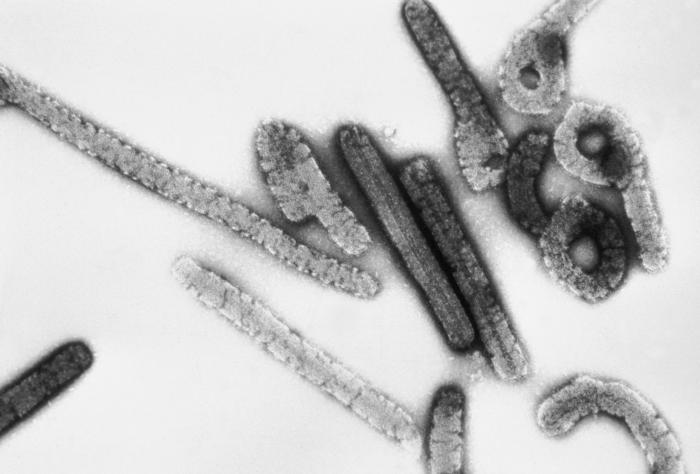
2. Ebola – EVD
The virus was identified in 1976 and is thought to have originated from a natural host of fruit bats. Although there was a total of 24 outbreaks in Central and East Africa, there has been no cases outside of the country as of today.
It is said that the first signs of the virus are a sudden onset of fever, muscle and joint aches, weakness, headaches, and a rash. The second stage of Ebola shows vomiting and diarrhoea and the malfunctioning of the liver and kidneys. On estimate, 50% – 90% of cases die of Ebola.
There is no known airborne transmission, but contact with infected bodily fluids such as blood or infected tissues of animal or human could be deadly. As of this time there is no known cure for Ebola.
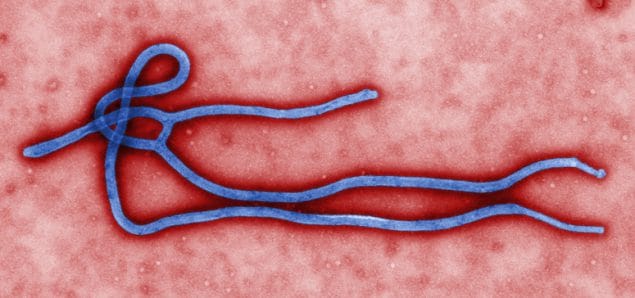
3. Influenza
Also known as ‘the flu’, this virus happens to attack the respiratory system such as your nose, throat and lungs. Although it may be known as ‘the flu’ this is not the same as the stomach flu which causes diarrhoea and sickness.
This type of virus usually comes on suddenly and feels a lot worse than the ‘common cold’. A fever over 100.4 F along with a dry persistent cough and nasal congestion can be the first signs, however a headache, sore throat and aching muscles can also be present. People with a weakened immune system may be at risk to serious complications from the flu, such as pneumonia, heart problems and bronchitis etc.
People with the virus are usually contagious and it can be spread by coughing or sneezing and it can be contracted from touching objects that have been in contact with the infection.
Luckily, there is a vaccination which can prevent the flu.

4. Smallpox (variola virus)
This highly contagious and deadly virus infected over 300 million people in the 20th century and 3 out of every 10 people who had the disease died before it became the only human infectious disease to be eradicated.
Thankfully, there is currently no naturally occurring smallpox about these days, however small quantities of the deadly virus still exist in 2 research laboratories. The last outbreak of smallpox occurred in the US in 1949.
People who contracted the disease, developed a high fever and a distinctive progressive rash which for most has since left permanent scars and even left others blind.
/cdn.vox-cdn.com/uploads/chorus_image/image/33386063/151061566.0.jpg)
5. Dengue – DENV
A mosquito borne viral infection, the Dengue virus has put a whopping half of the world’s population at risk by growing dramatically over the years. This deadly virus, is the leading cause of serious illness in some Asian and Latin American countries.
As there is 4 different types of the mosquito borne virus, this means that it is possible to become infected 4 times with the virus. Mosquitoes in the UK do not spread Dengue virus, however it can be caught if you are living or travelling in Asia, Americas or Caribbean.
Symptoms of this deadly virus can include, a high temperature or fever, a severe headache, pain behind the eyes, a widespread red rash and muscle pain etc. There is a more severe (but less common) case of Dengue virus, which can cause a higher risk of death.
As of now, there is no specific treatment for Dengue virus and it has caused an estimated 390 million infections each year.
